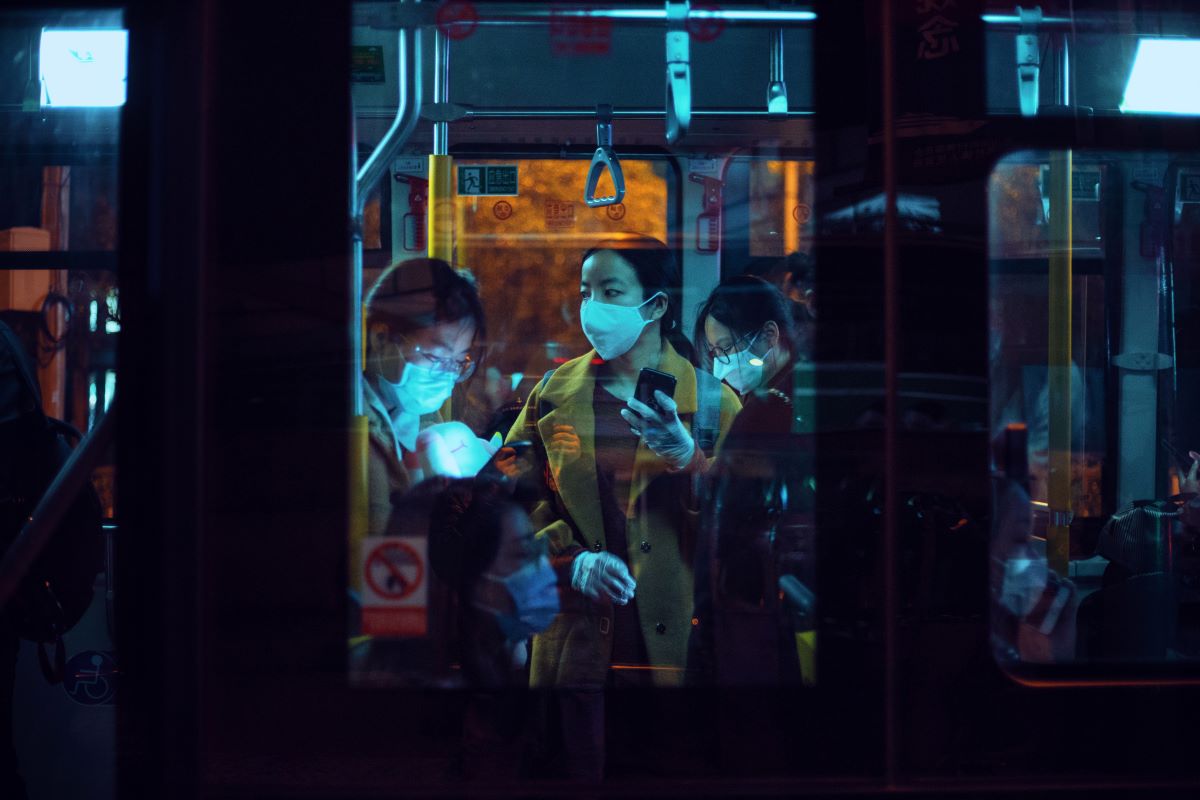Shopping malls are the cornerstone of American leisure and entertainment. It’s where we dine, watch movies, shop, and spend time with our loved ones. At a time when this long-time leisure is taken away from us, owners need to re-think all the ways their shopping centers and commercial properties are designed to accommodate the realities and demands of an infectious disease like COVID-19.
Here are some post-pandemic design and tech trends for malls and shopping centers and what the malls of our future might look like.
Open-air
Since health experts say that the risk of COVID-19 transmission is higher when a lot of people gather together in enclosed spaces, architects and designers may have to think of a way to turn shopping centers into more of an outdoor experience — almost like a park — where sensory experience and urban recreation come together. With the help of trustworthy commercial grounds care agencies that can provide excellent landscaping services and maintenance, shopping centers can become a mall-park hybrid where shoppers will be able to feel safe and keep a proper distance from others.
Physical distancing
Moving forward, physical distancing will also be front and center as architects and designers find ways to accommodate the massive shift in the interaction between people. The flow of traffic from entry to exit, along with the air circulation within the shopping mall, will have to adjust to comply with health and safety guidelines and to allow shoppers to keep a safe distance from one other.
Congested areas and shuttered spaces will have to open up or be moved completely to allow for breathing space between people as they go on their activities. The tables and seating layout in food courts would have to be re-arranged not just to allow for less face-to-face interaction but to make way for contactless delivery of food and other services.

Robot disinfectants
A state-of-the-art technology that’s already being employed in various airports all over the world, disinfecting robots are on the front lines of battling the virus that causes COVID-19. These robots can emit a high-intensity UV light that has the capacity to kill pathogens on surfaces and in the air — all while doing it autonomously. The robot at Key West Airport weighs over 300 pounds and is almost six feet tall, with a human operator to help ensure that people move away from the spaces the disinfectant robot will clean.
The human operator is also tasked to monitor the robot’s progress on a smart tablet. Key West Airport reports that the robot can disinfect all the airport’s interior spaces in only 2.5 hours. Moving forward, robot disinfectants might be a smart way to keep malls and shopping centers spotless — and it protects the commercial properties’ cleaning personnel too.
Change in air circulation
Another key factor to reconsider when it comes to mall design is air circulation, especially since COVID-19 can also spread via aerosol transmission. The majority of malls operate on artificial ventilation, and while we may enjoy proper temperature through these properties’ HVAC systems, viruses and other harmful pathogens can be spread primarily through cooling and heating systems.
Architects and interior designers would now have to find creative ways to create a once-through system where air would not have to recirculate, greatly reducing the chances of any viruses or pathogens to infect shoppers. Adjusting the air circulation would also affect malls’ parking layouts to assign more spaces for bikes.
With every change in public health comes a revolution in architecture and design as well. Public spaces must be modified to suit our new lifestyle moving forward and to give shoppers a chance to have fun in safe ways.

